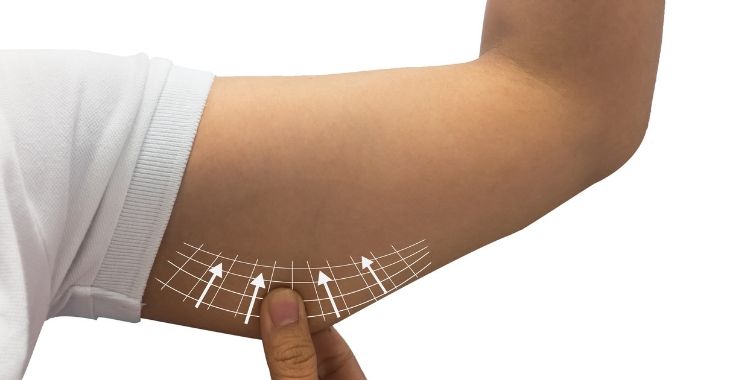Get the Chiseled, Manly Jaw and Chin You Have Always Wanted
Women aren’t the only ones who want to change their appearance through cosmetic surgery. Men are becoming a larger share of the patients who seek the services of a cosmetic surgeon. One area where a bit of attention can entirely transform the look of a man’s face is the chin and jawline. For men who’ve always wanted to change the outline of their face, chin and jaw augmentation may be the answer.
Options for Jaw and Chin Augmentation
Advances in cosmetic surgery and other procedures make it possible for men with weaker chins and jawlines to have the chiseled features they’ve always desired. This can dramatically enhance the face and neck, providing a more masculine and definitive face.
There are two options for jaw and chin augmentations, surgical implants and injectable facial fillers. Both can offer a fuller, more prominent jaw and chin for those who desire this effect. Implants are a permanent solution, with many different sizes and shapes of implants available to change the angle, width and dimension of both the chin and jaw.
The second option is temporary facial fillers, which are injected into the desired areas to add fullness. While these are not permanent, the effect can last for months and offers a safe, affordable solution for many men who want to improve their facial appearance.
If having a simple procedure can improve your appearance and self-confidence, it may be worth the investment. For men looking for a stronger chin or jawline, there are options available through cosmetic surgery and injectable procedures performed by experienced plastic surgeons which can provide the masculine profile they’ve always wanted.
Posted on behalf of:
Beverly Hills Center for Plastic & Laser Surgery
120 South Spalding Drive #236
Beverly Hills, CA 90212
(310) 288-0641
The information provided on this website, including text, graphics, images, and other materials, is intended solely for informational purposes and should not be used as a substitute for professional medical advice, diagnosis, or treatment.

)